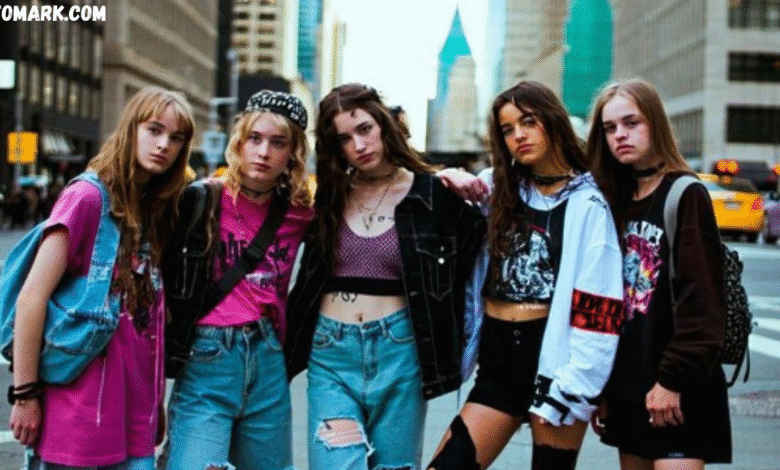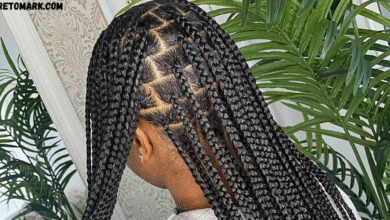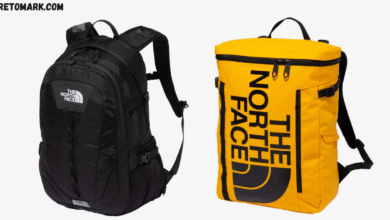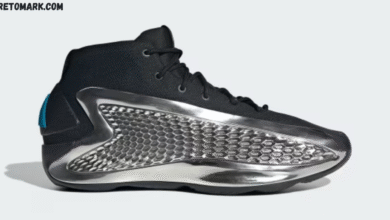90s Fashion A Timeless Style Revolution

The era of the nineties was more than just a decade—it was a cultural reset that influenced music, entertainment, and of course, the way people dressed. 90s fashion wasn’t just about clothing; it was about making a statement and breaking away from the glossy perfection of the previous decade. The looks were effortlessly cool, rebellious, and often experimental, paving the way for modern trends we still see on the streets today.
From grunge-inspired plaids to the rise of minimalism, the nineties gave us styles that refused to be boxed in. What made the decade so iconic was its fearless ability to blend comfort with boldness. People were free to express themselves through casual streetwear, oversized denim, and eclectic accessories that became symbols of individuality.
90s Fashion Trends That Defined the Decade
When people think of 90s fashion trends, images of flannel shirts, chunky sneakers, and denim overload immediately come to mind. This was the decade where fashion blurred the lines between mainstream and subculture, with styles evolving from music scenes and youth movements. Grunge, hip-hop, and minimalism all found their place in wardrobes, allowing individuals to pick and choose what best represented their vibe.
What set these trends apart was their authenticity. Unlike earlier decades that relied heavily on polished silhouettes, nineties style felt real and attainable. The rise of thrift shopping also played a big role in shaping how people dressed. Vintage jackets, distressed jeans, and oversized tees became staples that weren’t just affordable but also packed with personality.
90s Fashion Icons Who Made an Impact
No exploration of 90s fashion icons would be complete without mentioning the stars who influenced millions of wardrobes. Celebrities like Will Smith, Drew Barrymore, and Kate Moss brought unique styles that transcended screens and magazines. They weren’t just actors or models; they were trendsetters who showed the world that mixing casual with edgy could be powerful.
Music also played a huge role in defining these icons. Hip-hop artists popularized baggy jeans, sports jerseys, and bold accessories, while rock and grunge musicians made plaid shirts, combat boots, and ripped denim a global phenomenon. These figures didn’t just follow trends; they created them, leaving behind a legacy that continues to inspire.
The Rise of Streetwear Culture
Streetwear emerged in the nineties as more than just a fad—it was a cultural shift. What began as a grassroots movement tied to skateboarding and hip-hop soon found its way into mainstream closets. Oversized hoodies, graphic tees, and sneakers became essential, showing that comfort and style could go hand in hand.
This movement was also about identity. Wearing streetwear wasn’t simply about dressing casually; it was about aligning yourself with a lifestyle and community. The nineties established a blueprint for today’s sneaker culture, making limited releases and collaborations must-have items.
Grunge Style and Its Lasting Appeal
Grunge wasn’t polished—it was raw, rebellious, and unapologetically messy. Popularized by bands like Nirvana and Pearl Jam, the look became synonymous with plaid flannels, baggy jeans, and worn-out boots. It was fashion’s way of rejecting glossy ideals and embracing authenticity.
Even though it started as a subculture, grunge quickly seeped into mainstream wardrobes. The layered looks, distressed textures, and oversized fits became everyday essentials. Today, the influence of grunge is still visible in runways and street style, proving that rebellion never really goes out of fashion.
Minimalism and Clean Aesthetics
While some leaned into boldness and chaos, others found comfort in the simplicity of minimalism. Clean lines, neutral palettes, and simple silhouettes gave people a sophisticated yet effortless look. Think slip dresses, tailored trousers, and monochromatic outfits that didn’t need flashy details to stand out.
Minimalism in the nineties wasn’t about being boring—it was about confidence in simplicity. Designers like Calvin Klein championed this style, offering fashion that was both modern and timeless. This understated approach remains relevant, influencing capsule wardrobes and sustainable fashion movements today.
Denim Obsession of the Decade

If there’s one thing the nineties got right, it was denim. Jeans, jackets, skirts, and overalls ruled wardrobes, often worn in oversized fits or distressed finishes. Double denim wasn’t a mistake; it was a statement. Baggy silhouettes became particularly popular, especially among youth influenced by hip-hop and skate culture.
What made denim so iconic in the nineties was its versatility. Whether paired with crop tops for a casual look or layered with flannels for a grunge vibe, denim adapted to every trend of the decade. Its role as the go-to fabric cemented its place in fashion history.
Accessories That Completed the Look
Outfits in the nineties weren’t complete without the right accessories. Chokers, bucket hats, and tiny sunglasses were everywhere, giving simple looks a trendy edge. Jewelry was bold yet playful, often mixing metallics with colorful beads.
Footwear also played a crucial role. Chunky sneakers, platform shoes, and combat boots defined street and grunge styles, while strappy sandals catered to minimalist looks. Accessories weren’t just add-ons; they were personality statements.
How 90s Fashion Continues to Inspire Today
One of the most remarkable things about nineties style is its staying power. Many of the decade’s biggest trends have re-emerged in modern wardrobes. Streetwear is now a billion-dollar industry, grunge-inspired looks dominate runways, and minimalist slip dresses remain timeless.
The revival isn’t just nostalgia-driven—it’s proof that these styles were ahead of their time. They offered comfort, individuality, and adaptability, values that still resonate in fashion today. The nineties may be decades behind us, but their spirit remains stitched into the fabric of modern culture.
Conclusion
The nineties were a golden era for creativity, rebellion, and authenticity in clothing. 90s fashion wasn’t about perfection—it was about expressing individuality in a way that felt raw and real. From streetwear to minimalism, from grunge to denim obsession, the decade gave us styles that remain timeless and continue to inspire designers and everyday wardrobes alike.



